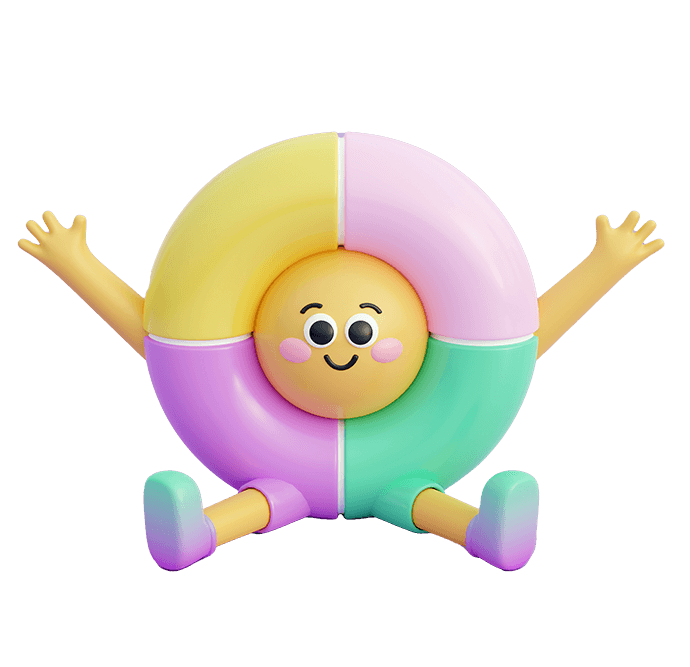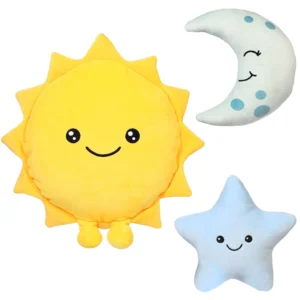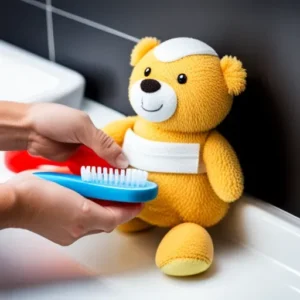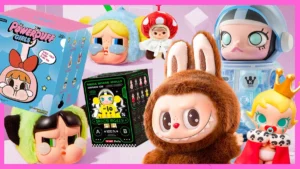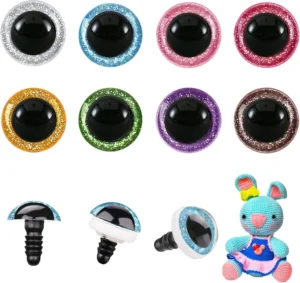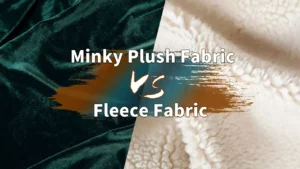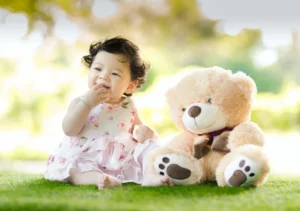Soft toys are a beloved category of toys, cherished for their comfort and imaginative play. Understanding what sets them apart helps brands create appealing, safe, and durable products.
Soft toys are distinguished by their plush materials, gentle textures, and flexible construction, designed to provide tactile comfort and safety for children. Their design and manufacturing follow strict standards ensuring quality and appeal.
Let’s explore the complete guide to what makes soft toys special.
1.What Characteristics Distinguish Soft Toys from Other Toy Types?
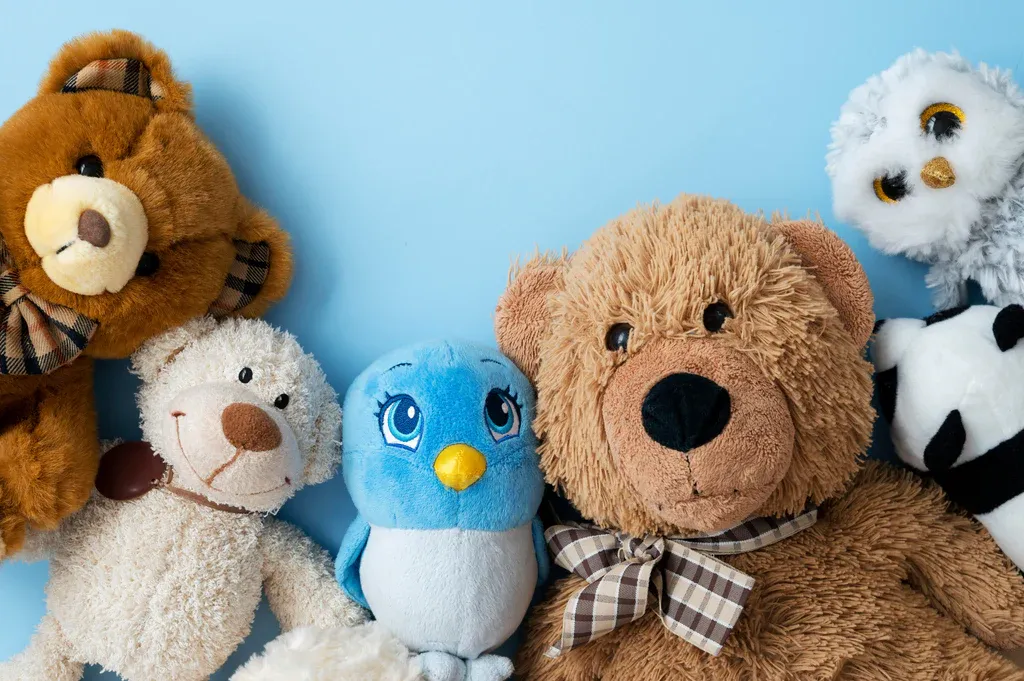
Soft toys are mainly defined by their flexible, plush bodies and tactile softness, differing greatly from hard plastic or electronic toys.
Their softness, safe materials, and cuddly nature make them ideal for children’s comfort and imaginative play, setting them apart from rigid or mechanical toys.
Soft toys usually have fabric exteriors with stuffing inside, allowing them to be squeezable and lightweight. They often represent animals, characters, or imaginative creatures.
Unlike hard toys, soft toys emphasize safety and tactile interaction, reducing injury risk. Their comforting texture helps emotional bonding.
| Feature | Description | Comparison with Other Toys |
|---|---|---|
| Soft and plush | Made with fabrics and stuffing | Rigid plastic or metal |
| Flexible and squeezable | Can be hugged or squeezed | Fixed shape |
| Safe materials | Non-toxic, hypoallergenic | Sometimes contain electronics |
These characteristics make soft toys uniquely suited for young children.
2.How Do Materials and Construction Methods Define Soft Toys?
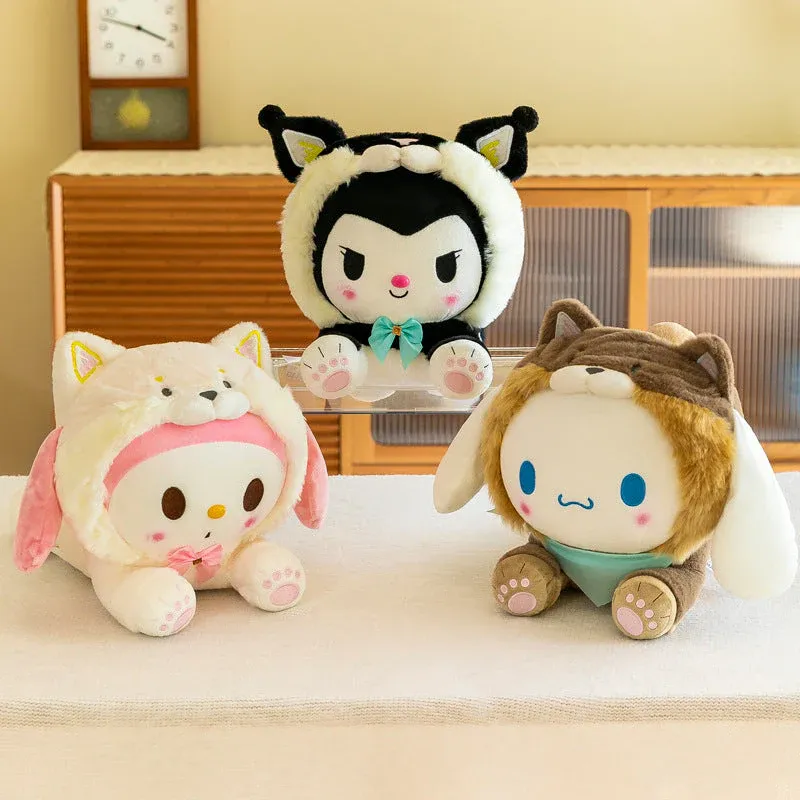
Soft toys’ feel and durability depend heavily on fabric choice and manufacturing techniques.
Common materials include polyester minky, velboa, and cotton blends, combined with polyester fiberfill stuffing. Quality stitching and reinforced seams ensure longevity.
Polyester minky offers ultra-soft texture; velboa provides durability with a smooth surface. Cotton blends add breathability.
Construction includes precise cutting, sewing with strong threads, and careful stuffing to achieve the desired shape and softness.
| Material | Role | Benefits |
|---|---|---|
| Polyester minky | Exterior fabric | Softness, vibrant colors |
| Velboa | Durable fabric | Wear resistance |
| Polyester fiberfill | Stuffing | Lightweight, maintains shape |
| Reinforced stitching | Seams | Durability, safety |
Attention to materials and methods guarantees quality products.
3.What Safety Standards Are Essential for Manufacturing Soft Toys?
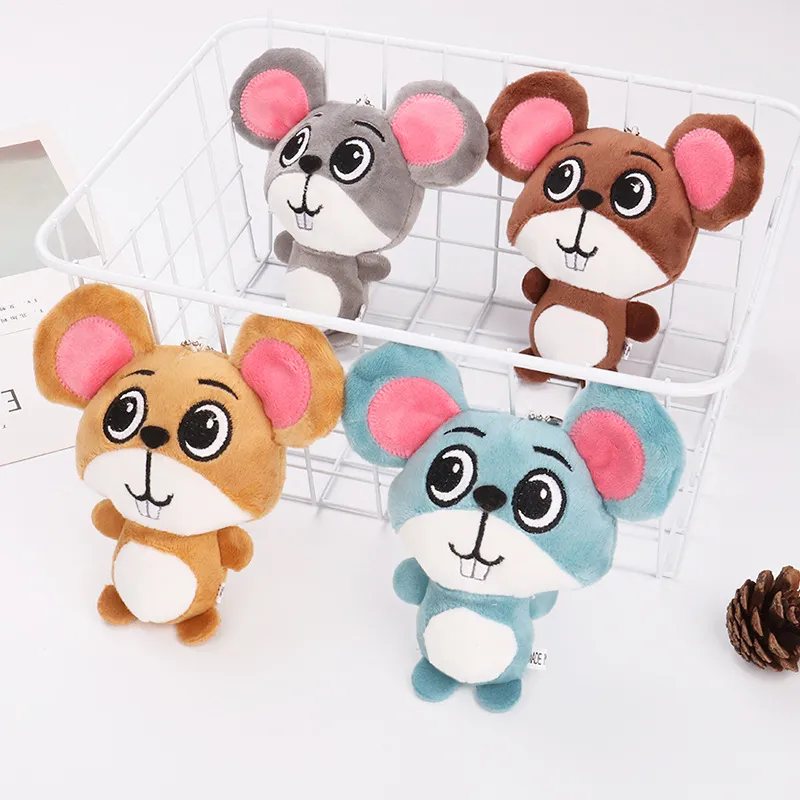
Compliance with international standards protects children and ensures market acceptance.
Key standards like ASTM F963 (USA), CE EN71 (Europe), and CPSIA regulate material safety, flammability, and mechanical hazards in soft toys.
ASTM F963 covers chemical safety and physical testing to prevent choking hazards. CE EN71 requires flammability testing and toxicity limits.
CPSIA enforces strict limits on lead and phthalates in toys sold in the USA.
| Standard | Region | Focus |
|---|---|---|
| ASTM F963 | USA | Chemical, mechanical safety |
| CE EN71 | Europe | Flammability, toxicity |
| CPSIA | USA | Lead, phthalates limits |
Meeting these standards assures safety and builds consumer trust.
4.How Does Stuffing Impact the Texture and Durability of Soft Toys?
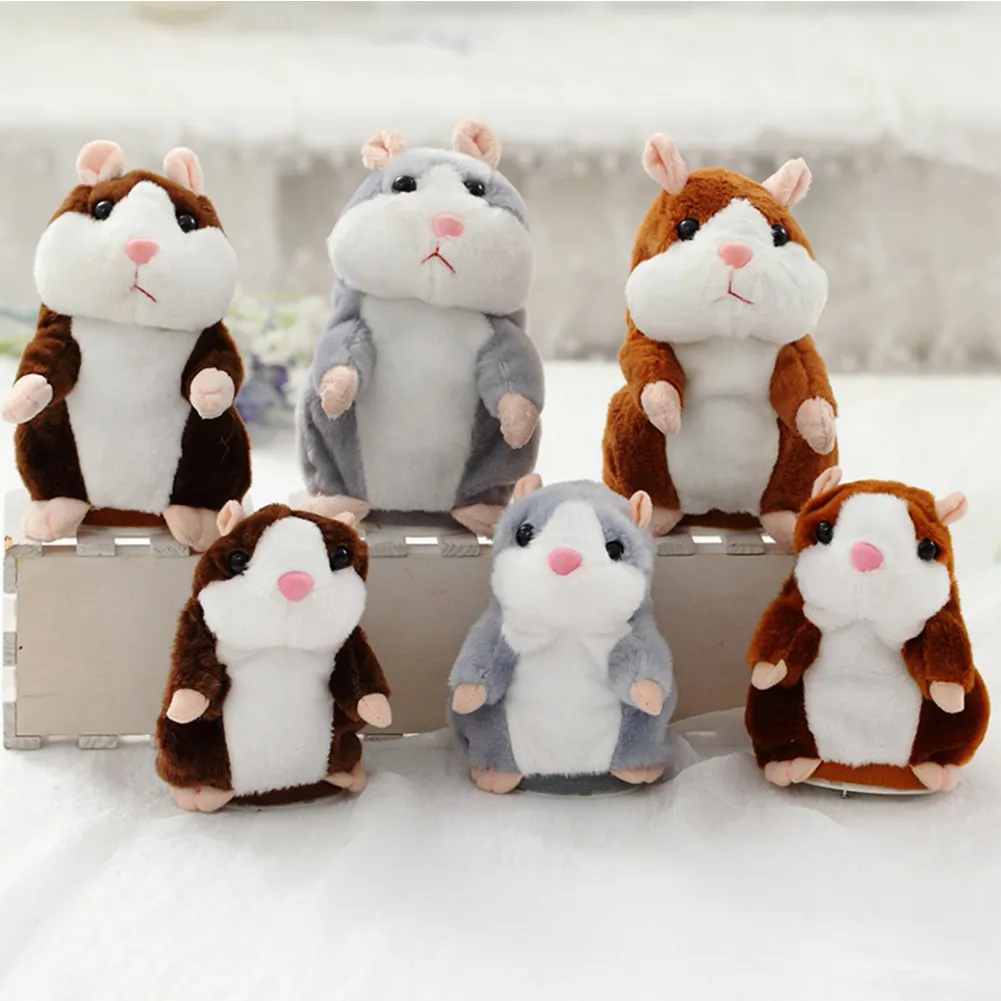
Stuffing choice affects how soft a toy feels and how well it holds its shape over time.
Polyester fiberfill is most common, providing softness, resilience, and hypoallergenic properties essential for child-safe plush toys.
High-quality fiberfill resists clumping and dries quickly after washing. Alternative fillings like foam beads add texture but are less common due to cost and durability concerns.
The density and distribution of stuffing influence the firmness and tactile experience.
| Stuffing Material | Texture Impact | Durability |
|---|---|---|
| Polyester fiberfill | Soft and plush | Long-lasting, maintains shape |
| Foam beads | Moldable, tactile variation | Potential leakage risk |
| Natural fibers | Eco-friendly, softer | May compress, allergenic |
Proper stuffing is key to product longevity and comfort.
5.Which Design Trends Are Shaping the Soft Toy Industry Today?
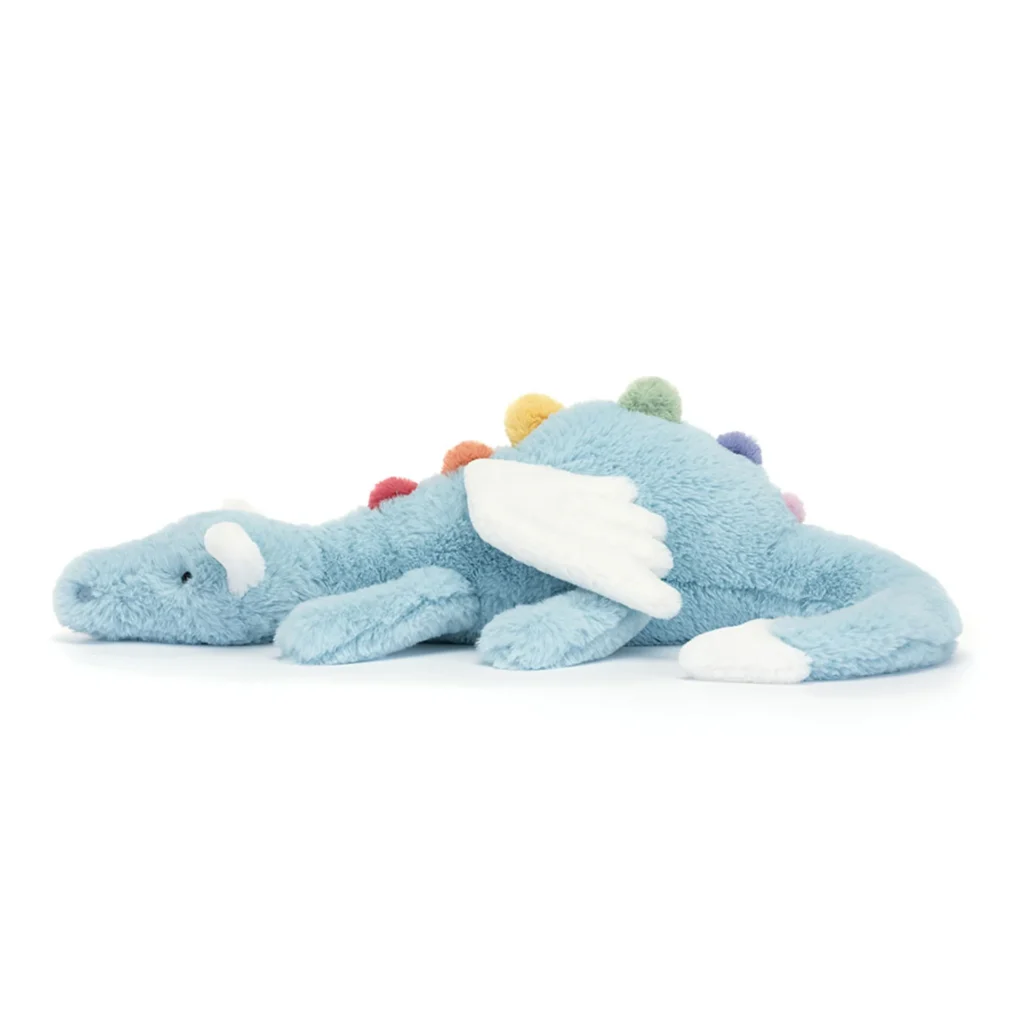
Current trends include eco-friendly materials, interactive features, and nostalgic or pop culture themes.
Consumers seek plush toys with sustainable fabrics, sounds or lights, and familiar characters, blending tradition with innovation.
Sustainable options like organic cotton and recycled polyester gain popularity.
Interactive toys enhance engagement with sound modules or motion sensors.
Licensing popular characters or embracing vintage designs appeals to broad markets.
| Trend | Description | Consumer Appeal |
|---|---|---|
| Sustainability | Eco-friendly materials | Ethical consumers |
| Interactive features | Sound, lights, movement | Enhanced play value |
| Licensed characters | Popular media figures | Fan engagement |
| Nostalgia | Classic designs revisited | Collector interest |
Adopting trends keeps products relevant and desirable.
6.How Do Customization Options Influence the Marketability of Soft Toys?
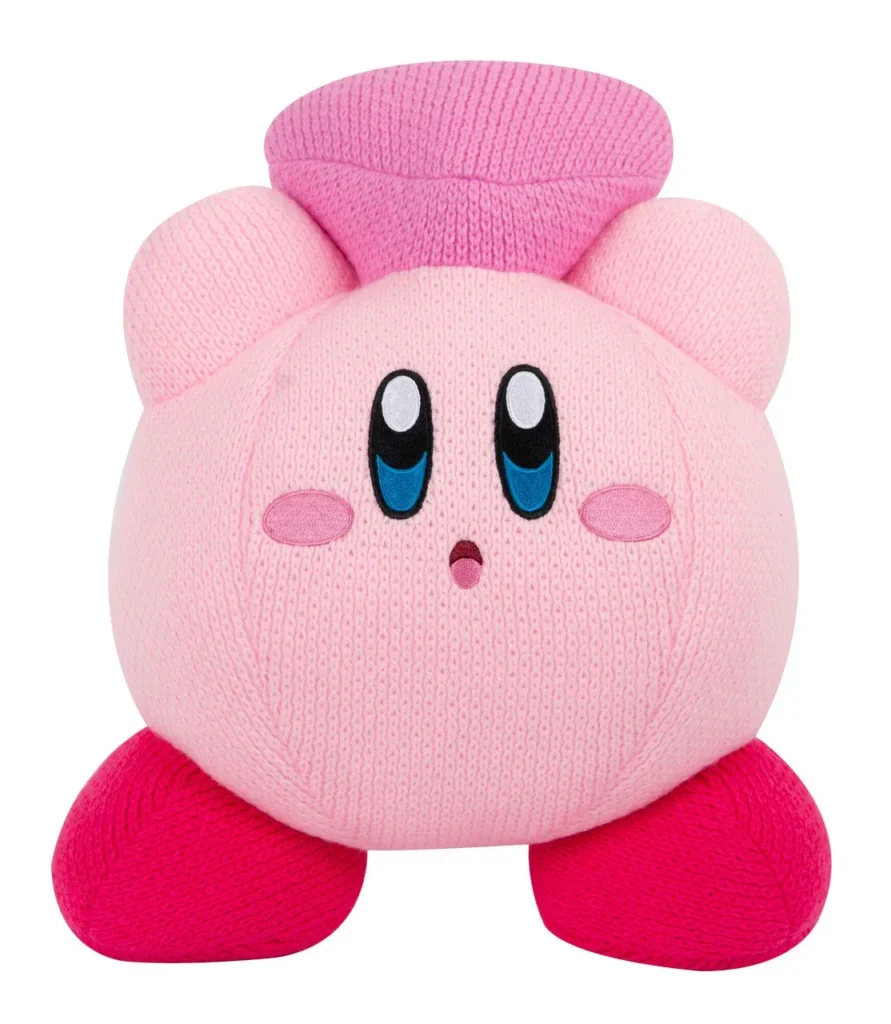
Customization increases product uniqueness and brand connection, enhancing market appeal.
Personalized embroidery, colors, and accessories allow brands to meet specific customer needs and create memorable toys.
Adding names or logos supports gifting and promotional use.
Seasonal or themed customization fits holidays and events.
Unique textures or finishes provide tactile diversity.
| Customization Type | Market Benefit | Examples |
|---|---|---|
| Embroidery | Personalization | Names, logos |
| Color options | Differentiation | Custom palettes |
| Accessories | Added value | Hats, clothes |
| Packaging | Brand identity | Custom boxes, gift wrapping |
Customization drives customer loyalty and product differentiation.
Conclusion
Soft toys combine careful material choices, safety compliance, and design innovation to create beloved, lasting products.
For expert plush toy sourcing and customization, contact me at [[email protected]] or visit [https://plushtoyinchina.com].

